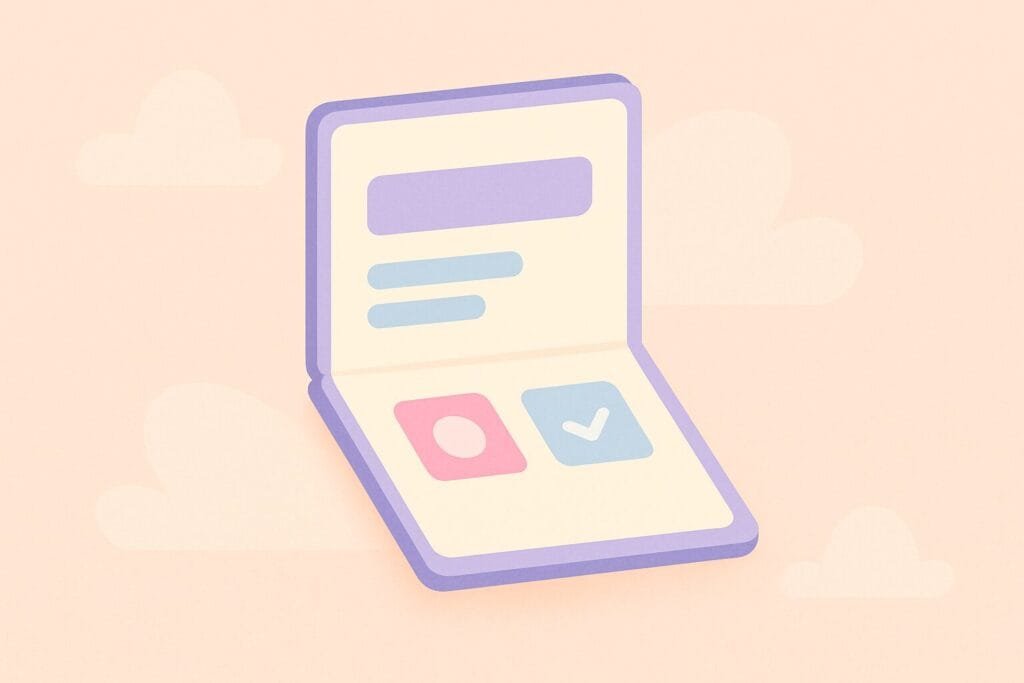The rise of foldable phones is revolutionizing mobile user interface (UI) design. Unlike traditional smartphones, foldables offer dual and flexible screens, allowing developers and designers to rethink how apps behave on varied screen sizes and orientations. This transformation isn’t just cosmetic it changes core interactions, workflows, and content hierarchy.

Why Foldable Phones Demand a New UI Approach
Foldables come in two main styles: horizontally-folding (like the Samsung Galaxy Z Fold series) and vertically-folding (like the Galaxy Z Flip series). These devices shift between compact and expanded modes, requiring dynamic UI designs that adapt in real time.
Here are three key reasons why foldable phones are influencing UI development:
- Multi-State Interfaces: Apps must transition seamlessly between folded and unfolded states.
- Split-Screen Use: Users can multitask more efficiently, making split or dual-screen optimization essential.
- Aspect Ratio Variability: UIs must be responsive across a wider range of aspect ratios than ever before.
Table: Traditional vs Foldable UI Design
| Feature | Traditional UI Design | Foldable UI Design |
|---|---|---|
| Screen State | Static | Dynamic (folded/unfolded) |
| Multitasking Support | Limited | Enhanced with dual screens |
| UI Responsiveness | Standard responsive layout | Advanced adaptive/responsive layout |
| Design Constraints | Fixed resolutions and aspect ratios | Flexible and varied |
| Input Interaction | One-handed/touch | Multi-mode (keyboard, stylus, gesture) |
Design Best Practices for Foldables
- Use Jetpack WindowManager or Screen Manager API for Android to detect fold states.
- Implement responsive breakpoints for adaptive layout handling.
- Maintain continuity of user experience across folded and unfolded modes.
- Test on emulators or real foldable devices for accurate performance insights.
Explore more about foldable UI development from this Google Developers guide on foldables.

